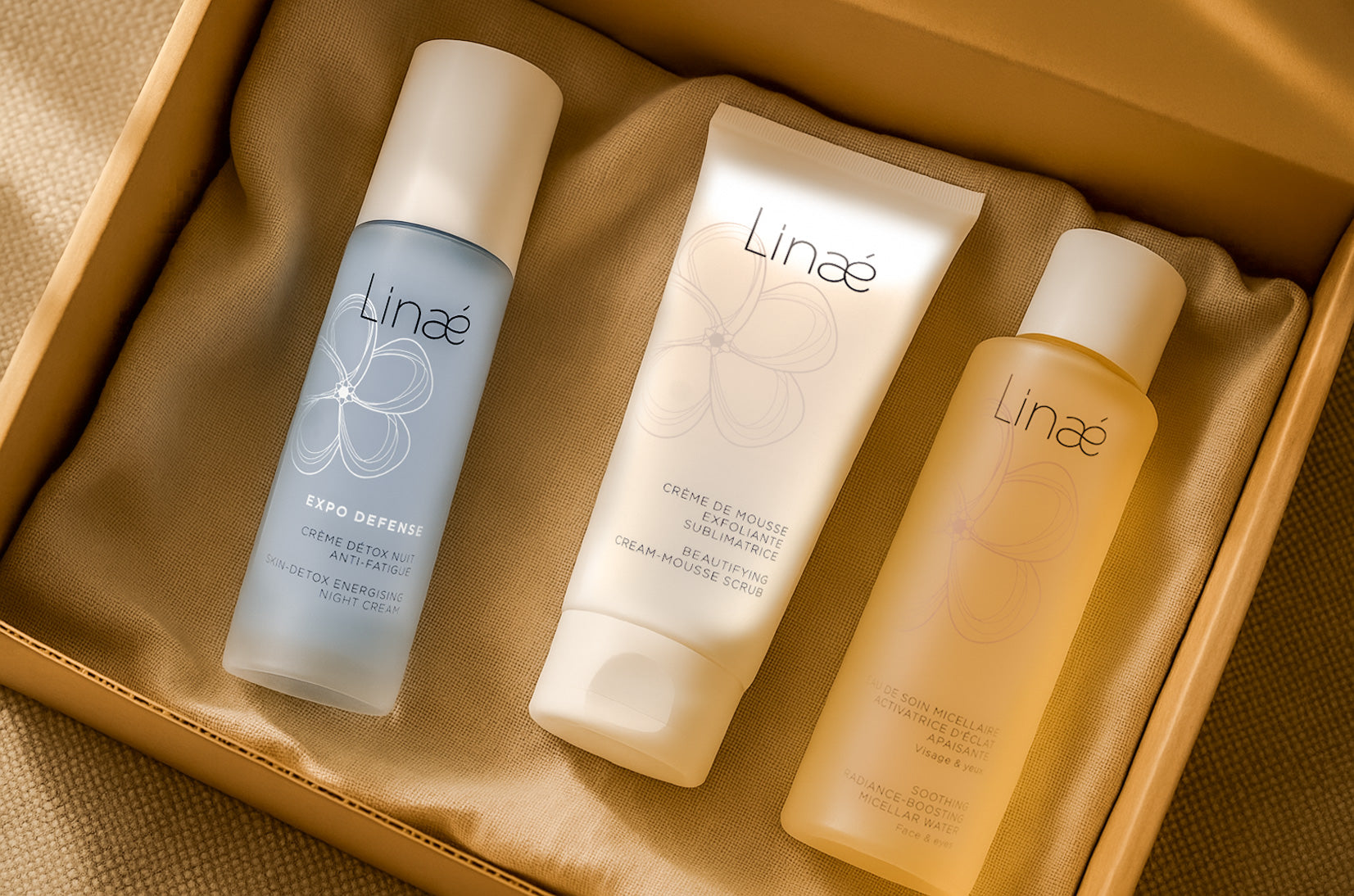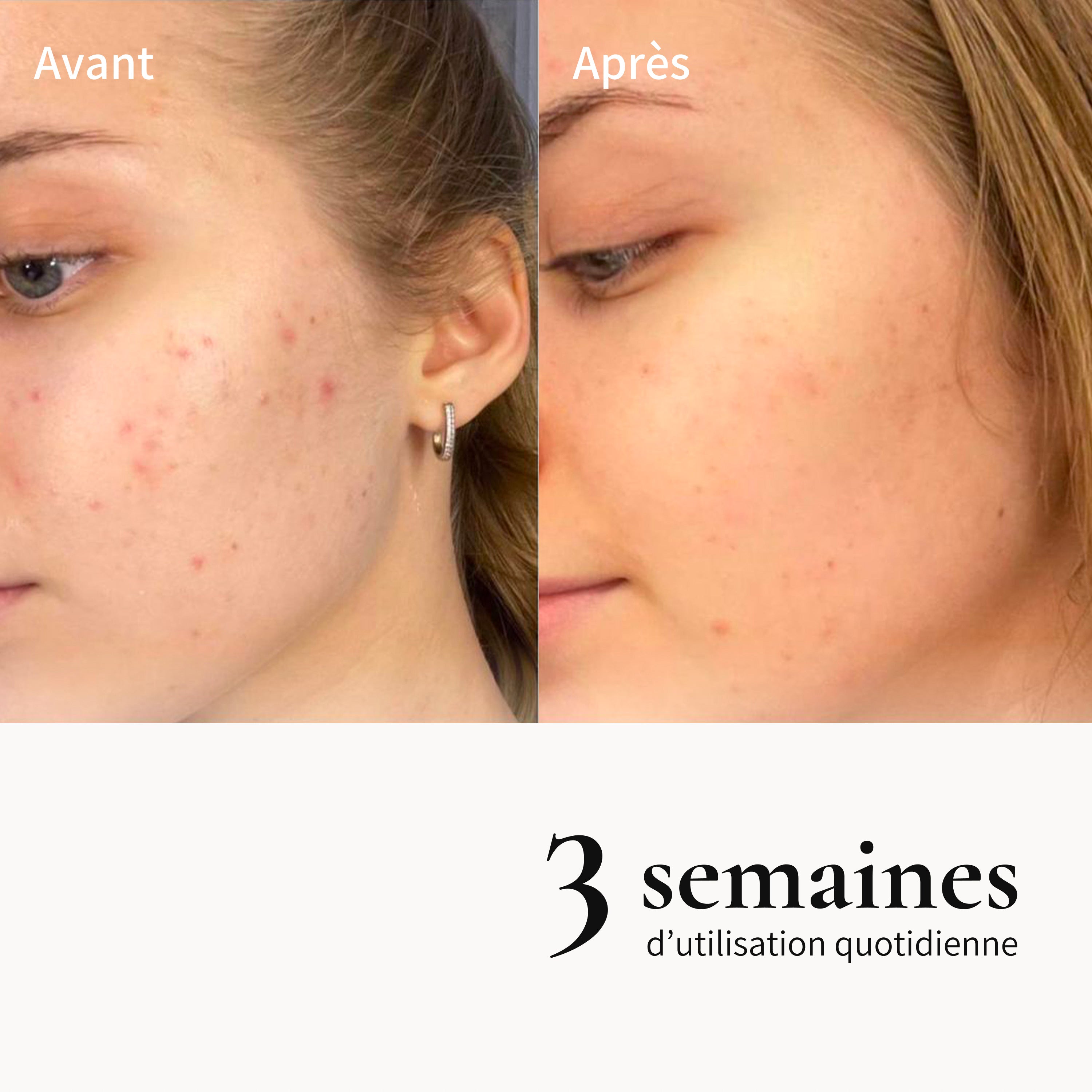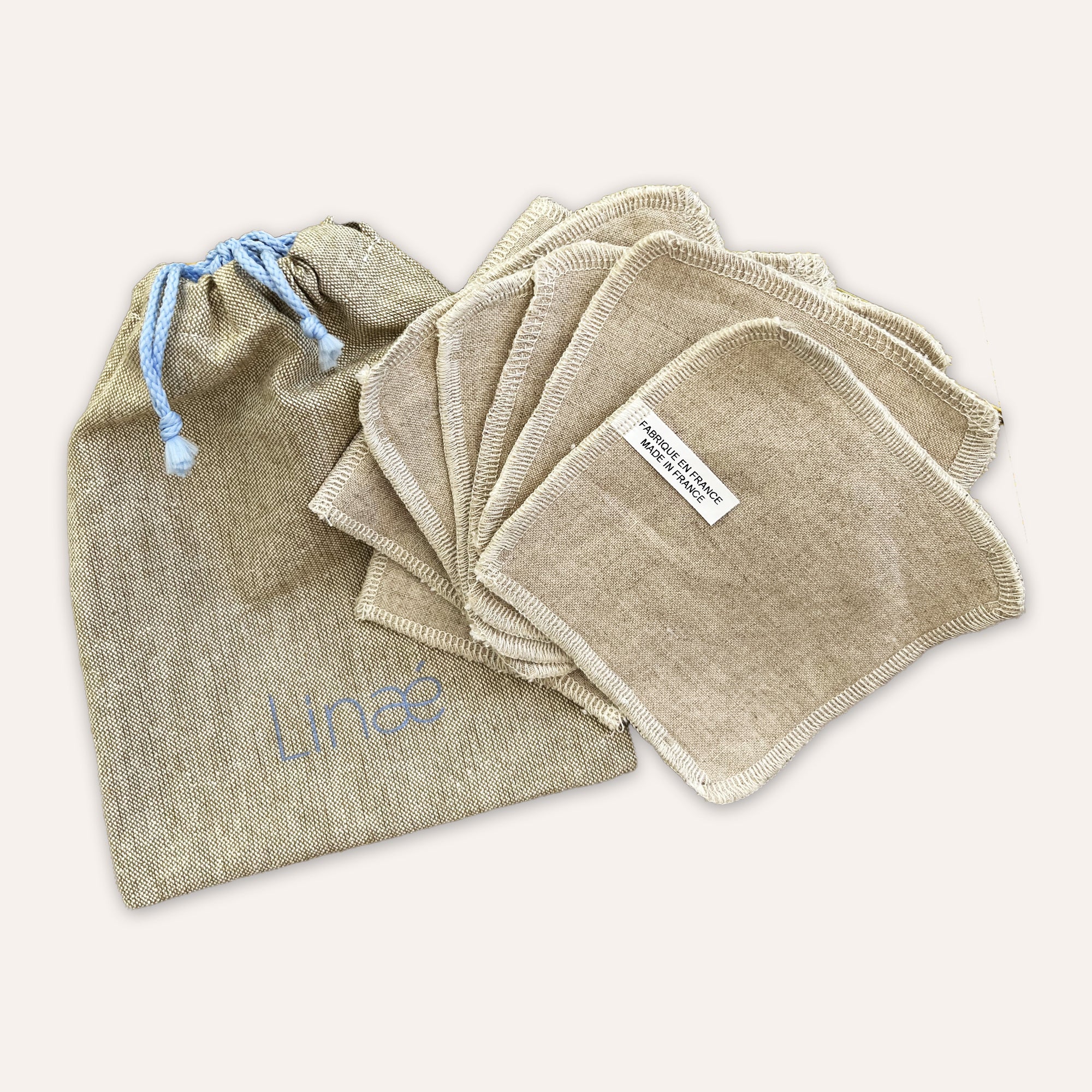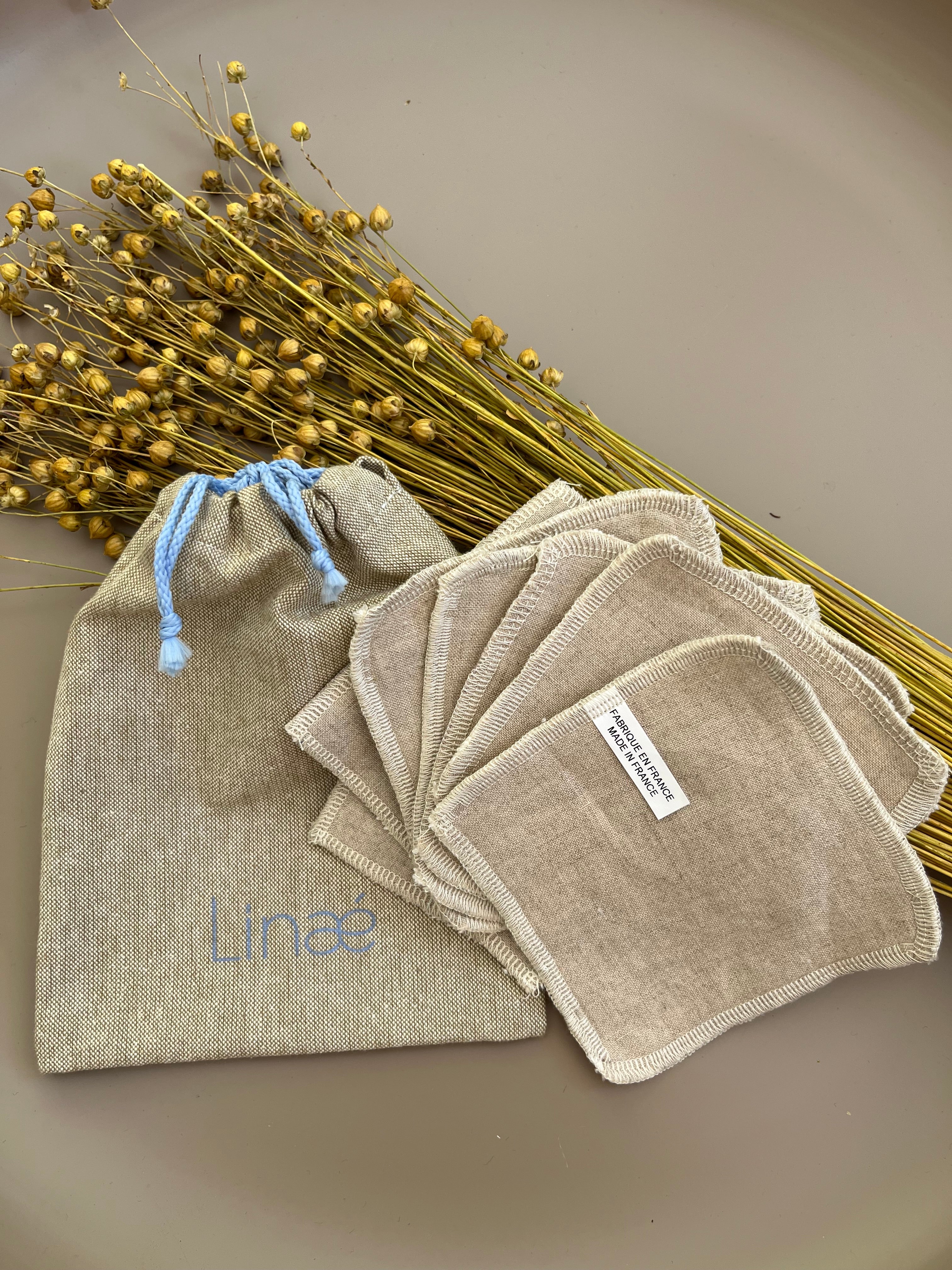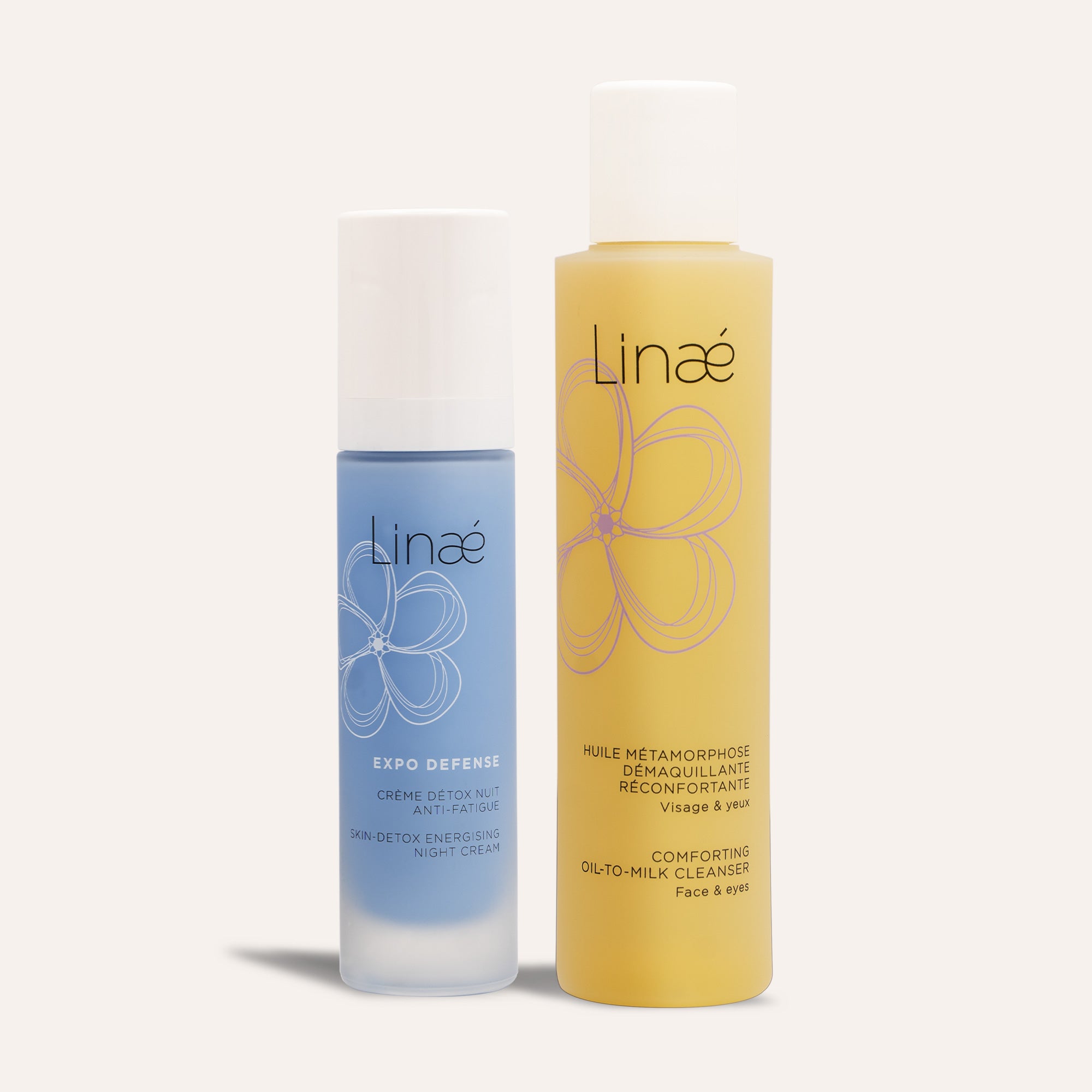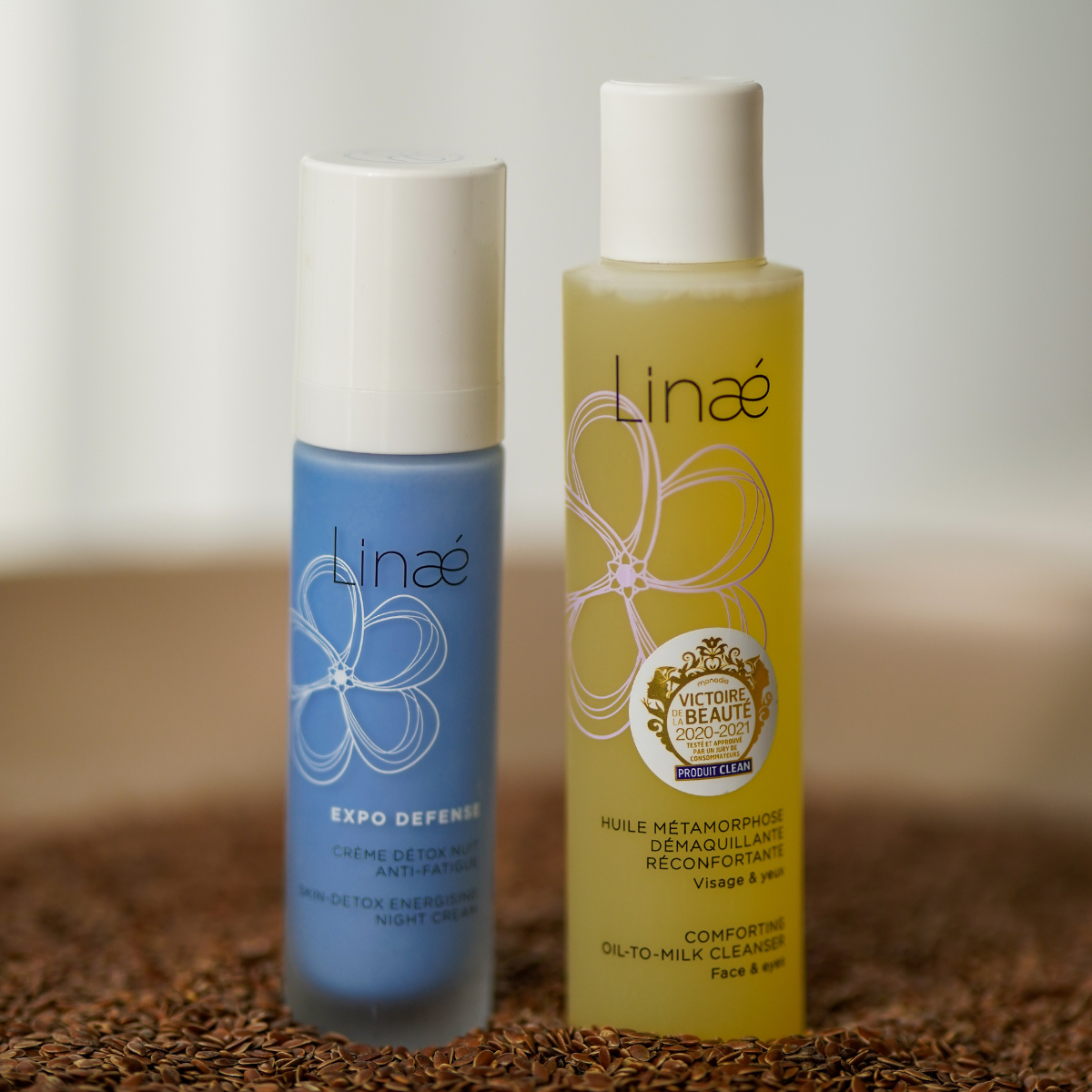What are the benefits of linen?

Flax, a plant with multiple uses , is very trendy today, especially in the fashion world. Linen pants, linen shirts, and all other linen clothing, whether for women or men, are very fashionable today. But what do we really know about this plant?
On the occasion of its flowering, let's look back at the many assets of this proudly French culture, which goes well beyond textiles.

A remarkable plant:
A symbol of purity and light, flax has been cultivated for thousands of years for its nutritional qualities and its textile fibers. With 80% of the world's flax production occurring in Europe (and concentrated mainly in Normandy), this crop is ecologically remarkable for several reasons:
This plant only grows with rainwater and does not require irrigation, unlike cotton, which uses between 7,000 and 29,000 liters of water per 1 kg. Flax is also a good CO2 fixer, as one hectare of flax retains an average of 3.7 tons of CO2 per year. Finally, the plant can be fully recovered ! From the stem, for its textile fiber, to the flax seed for its nutritional values.
The flax cycle:
Flax is sown in spring (usually between March and April) and will grow very quickly to reach its maximum height of around one meter.
In mid-June, the flax fields bloom with small, ephemeral and very fragile blue flowers .
The plant is generally pulled up in July (this of course depends on the weather conditions), then left to dry on the ground. The latter is not simply cut in order to preserve all of the fiber . The seeds are then collected to be sown the following year . In August, comes retting , a key stage which consists of an alternation of rain and sun which will allow the straw to begin to separate from the fiber . The flax is then harvested and undergoes a stage of scutching , then combing and finally spinning to transform it into a fiber usable in the textile industry.
There are two types of flax: so-called "textile" flax, used for its fiber , and so-called "oilseed" flax , used for its seeds . In the latter case, the process is different because it is the seeds that are used and recovered to be pressed and thus obtain linseed oil .
Linaé’s creation:
Proud to celebrate this French culture and harness its zero-waste potential, Linaé is committed to offering environmentally friendly beauty products while supporting the local agricultural industry. With its 360° approach to using flax, Linaé continues the family legacy of Claude Vandecandelaère, a flax farmer in Normandy, who passed on his passion for flax to his daughter Stéphanie . When Stéphanie Gastaldin decided to create her own brand, after more than ten years developing products for big names in beauty, flax seemed like an obvious choice. At the end of 2019, Linaé was born, the first natural skincare brand with organic flax extracts, certified Origine France Garantie, which highlights French know-how and respect for life in all its forms.
360° use:

At Linaé, the zero-waste nature of flax is highlighted by its versatile use, from fiber to seed.
First of all in cosmetic formulas :
Thanks to the seed , we can obtain linseed oil which is particularly rich in fatty acids (omega 3 and 6). These fatty acids are said to be essential for the body because the latter cannot produce them on its own (therefore there must be an external supply via food or skin products).

Omega 3 and 6 protect the epidermis , soothe sensitive skin and strengthen the skin barrier . The oil also has an emollient and nourishing action that significantly reduces skin dryness. Similarly, flaxseed gel from the seed preserves optimal skin hydration.
Flaxseed oil is rich in vitamin E , which is a natural antioxidant. It therefore helps fight free radicals, the action of which often causes skin aging. The body naturally uses its own antioxidants to neutralize them, but by providing vitamin E via flaxseed oil, the skin is greatly helped.
Linen can also be used for its fiber . Clothing, scrunchies, washable makeup remover pads, etc. Linen is a material that is resistant , ecological , absorbent and thermoregulating , offering alternatives to disposable products and/or synthetic materials.

Finally, flax is also used in research and development, particularly in the sports and automotive sectors. By mixing flax fibers with resins, a new material is obtained that can be used in the manufacture of objects such as display stands (at Linaé), bicycle parts, and even sailboat masts. This technique produces a bio-sourced, lightweight, and, above all, very strong material.
In conclusion, flax is a remarkable plant with many qualities. At Linaé, we are proud to promote it 360° by making the most of its zero-waste character (from the properties of its seed for the skin, to its textile fiber in our washable makeup remover squares ).
Find us on:


